 Abraham Lincoln
If given the truth, the people can be depended upon to meet any national crisis...
Abraham Lincoln
If given the truth, the people can be depended upon to meet any national crisis...
 Guildford news...
for Guildford people, brought to you by Guildford reporters - Guildford's own news service
Guildford news...
for Guildford people, brought to you by Guildford reporters - Guildford's own news service
Birdwatcher’s Diary No.89
Published on: 15 Jun, 2015
Updated on: 15 Jun, 2015
By Malcolm Fincham
Struggling with stressful pressures of modern life and not having fully got over the death of brother last November, my intention had been to drop my reports for a while.
However, with encouragement from my doctor, as well as some wonderful support from my family and friends, at times forcing me out into the countryside, I decided to continue my quest to stay up to date with the world of nature beyond my doorstep The best therapy one could possibly recommend for the soul has to involve becoming at one with nature.
The arrival of June brought with it our first real taste of summer and almost as importantly the repair and return of my much missed lens, now back in first class working order. With much gratitude and many thanks to Guildford’s branch of the London Camera Exchange. And with thanks for the kindness shown allowing me to borrow a replacement while it was repaired in my desperation to stay up to date with my photos.
Brushing off my wife’s amusement, as I carried it home cradled in what she claimed to be like a new born baby in my arms, I decided to test it to its limits with a few shots of the dozen or more swifts that scream over my garden at this time of year.
Although night-time remained quite cool, some of our summertime migrant birds, such as redstarts, were already feeding young. And many resident birds had already fledged their first brood of youngsters.
With fewer male blackcaps singing at the moment, as females (with brown caps) could be seen collecting food for their young, it became easier to pick out the similar sounding song of the garden warbler in various locations I visited.
Being one of our later arriving summer migrants, garden warblers could still be heard at a number of locations I visited, melodically calling for a mate or claiming their territory.
The song thrush’s song had once again has become more prominent, possibly calling for a mate in the hope of starting a second brood.
Once again at the undisclosed location I visited about this time last year, deep in the Surrey Hills, a pair of peregrines could once again be seen raising their young. Click here for last year’s report.
This year I was there in time to witness an adult as it returned with a pigeon it had just caught.
On a visit to Whitmoor Common, Worplesdon, on June 3, I was surprised to see and even get a few pictures of a hobby as it hunted for a good 30 minuets across the heathland.
Also adding to my photos were the usual sightings including linnets as well as stonechats.
So with bird life pretty much settled in for the summer, some sunny days inspired me to try to brush up on my lack of butterfly identification skills. This was with the insistence and assistance of my knowledgeable friend Dougal.
Fortunately these days this pastime doesn’t involve running around the countryside with a net in one’s hand, in the hope of catching and pinning them up in a glass frame.
A visit to Pewley Down on Sunday, June 7, brought some success with a few summertime butterflies now starting to emerge.
A few common blues had now started to appear as the sun began to shine.
Nationally, small blue are quite a rare and localised butterfly, but they seemed to be plentiful this year on Pewley Down.
A few small heath butterflies had also started to emerge.
And even a correctly labelled this time (for my regular readers) a small tortoiseshell was added to my day list.
Brimstone are easily spotted but not so easy to track down for a photo, so I was grateful to finally catch up with one.
And also a holly blue appeared.
I was delighted to still hear the sound of several yellowhammers singing their ‘little bit of bread and no cheese’ song.
What has to be my favourite type of orchid, the bee orchid, could also be seen, now just coming out into flower in a field on the north-facing side of the downs.
With it being a poor spring for butterflies, we still had time to catch up on a few we had missed out on. For this we decided to drive out to a reliable spot on Witley Common.
On our arrival we realised we were possibly only a few days from being too late, with much hunting a grassy glade we only managed to find just two rather tatty looking green hairstreak butterflies.
And also manage to photograph just one grizzled skipper. This was an especially good sighting as it was a first for me to see one.
A fitting end to my report was being dropped of by my wife at Farlington Marshes near Portsmouth. As I sat looking out across Langstone Harbour (with the song Dock Of The Bay, by Otis Reading, playing in my thoughts) and watching the black-headed gulls wheeling and spinning overhead, I couldn’t help but notice a few unusual ones.
Often seen but overlooked were a few Mediterranean gulls (or med gulls as they are now commonly called by birdwatchers).
Once restricted to breeding in the Black Sea and Eastern Mediterranean as the name suggests.
What was once a rare UK bird until the 1950s, it has now become quite widespread across Europe and in the southern parts of the UK during winter months, and now breeding in this country in ever increasing numbers.
A bird which had been spending some time recently on one of the inland lagoons there was a spoonbill, a graceful bird, looking almost prehistoric with its spatular-like bill.
I had already seen two earlier this year at Medmerry RSPB site, but always a good one to spot.
With as many as eight now breeding in Norfolk after over 300 years absence from the UK, they will hopefully become a common sighting in years to come.
And with so many UK species now declining, it shows conservation projects do work and we, as humans, really can make a difference by understanding nature.
Responses to Birdwatcher’s Diary No.89
Leave a Comment Cancel replyPlease see our comments policy. All comments are moderated and may take time to appear. Full names, or at least initial and surname, must be given.
Recent Articles
- Letter: GBC Improvement Work Was Hampered By Its Culture
- Letter: Half and Half is the Solution for Clandon House
- Camberley’s House of Fraser To Be Left Mothballed
- HRA Report Shows Overspend and Possible Fraud Occurred Despite Many Warnings
- Letter: Those in Elected Office Should Refrain from Deliberately Misleading the Public
- Cup Run Ends After City Fade in Second Half
- Press Regulator Condemns Behaviour of News Group Newspapers
- MP Says Raw Sewage Flooding Gardens is ‘Absolutely Disgusting’ – ‘Thames Water Must Stop It’
- Opinion: We Should Restore Clandon House
- Letter: Report on Councils’ Collaboration Benefits Has Been Over-hyped

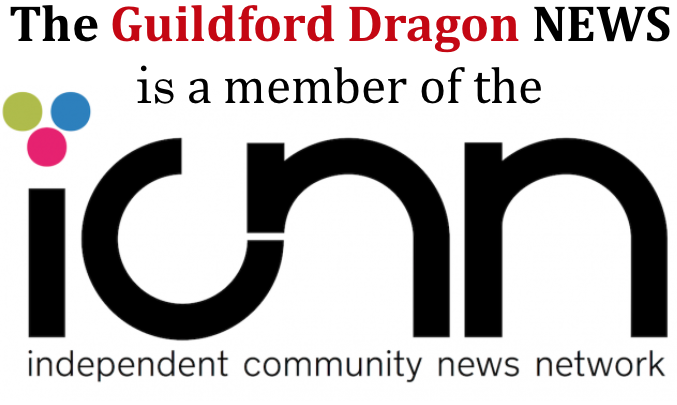
Recent Comments
- George Potter on HRA Report Shows Overspend and Possible Fraud Occurred Despite Many Warnings
- Valerie Thompson on Opinion: We Should Restore Clandon House
- Frank Ayling on Where Is This? No.221
- M Durant on Memories Of The Young Eric Clapton at Guildford’s Harvest Moon Club
- Anthony Mallard on Opinion: We Should Restore Clandon House
- Heather Evans on Council Tenants Unhappy With the Way GBC Handles Their Complaints
Search in Site
Media Gallery
Dragon Interview: Local Artist Leaves Her Mark At One of England’s Most Historic Buildings
January 21, 2023 / No Comment / Read MoreDragon Interview: Lib Dem Planning Chair: ‘Current Policy Doesn’t Work for Local People’
January 19, 2023 / No Comment / Read MoreA3 Tunnel in Guildford ‘Necessary’ for New Homes, Says Guildford’s MP
January 10, 2023 / No Comment / Read More‘Madness’ for London Road Scheme to Go Ahead Against ‘Huge Opposition’, Says SCC Leader
January 6, 2023 / No Comment / Read MoreCouncillor’s Son Starts Campaign for More Consultation on North Street Plan
December 30, 2022 / No Comment / Read MoreCounty Council Climbs Down Over London Road Works – Further ‘Engagement’ Period Announced
December 14, 2022 / No Comment / Read MoreDragon Interview: GBC Reaction to the Government’s Expected Decision to Relax Housing Targets
December 7, 2022 / No Comment / Read MoreHow Can Our Town Centre Businesses Recover? Watch the Shop Front Debate
May 18, 2020 / No Comment / Read More



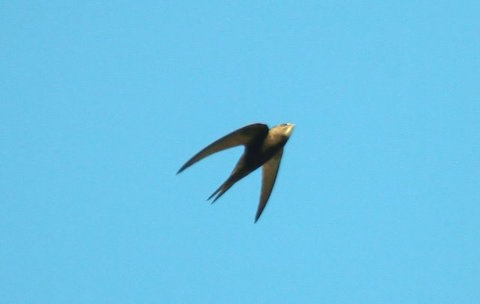
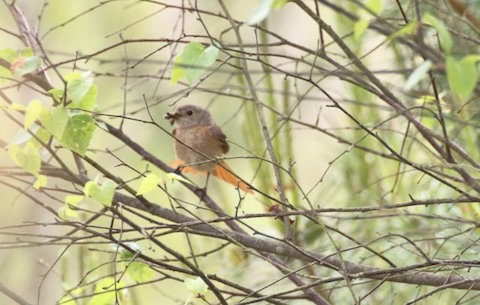
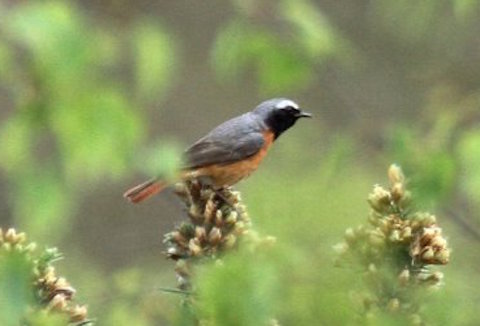
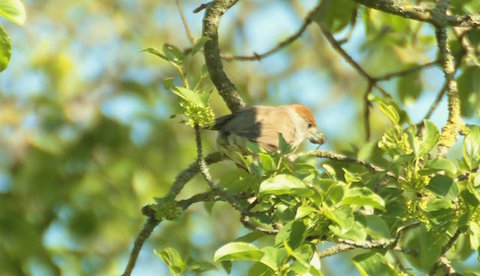
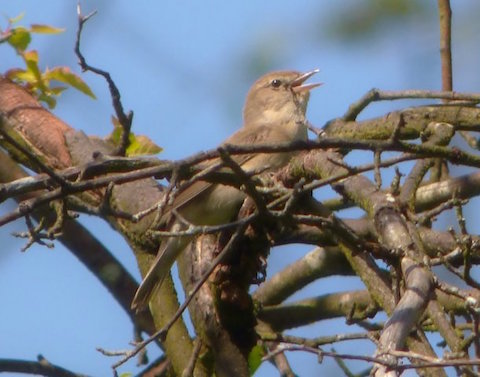
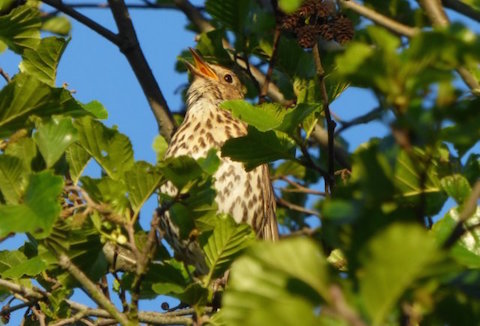
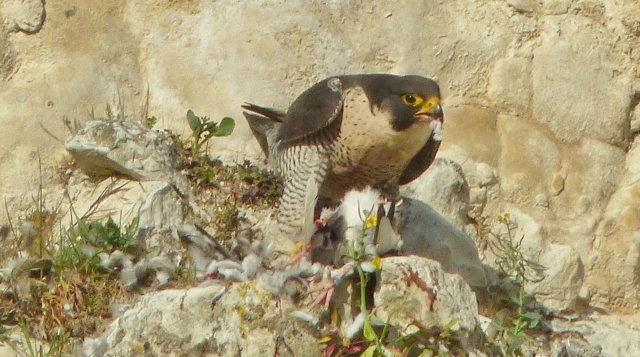
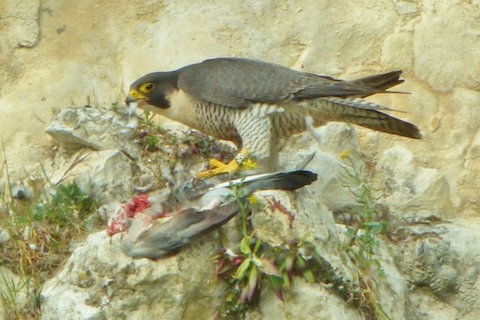
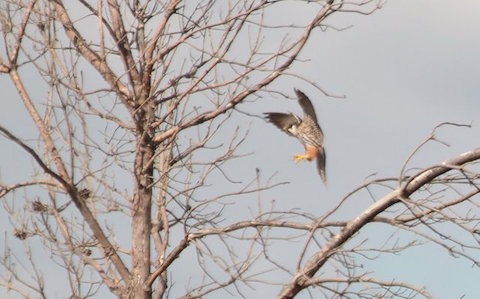
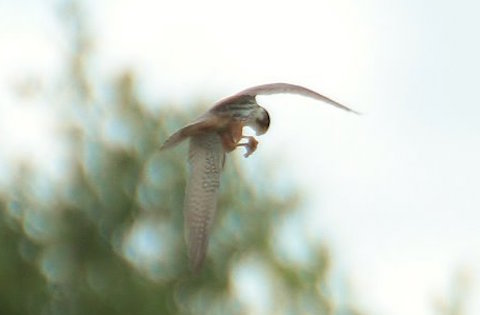
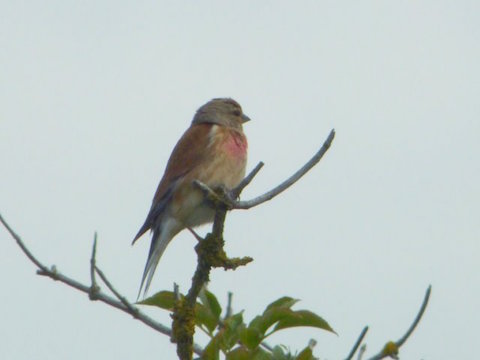
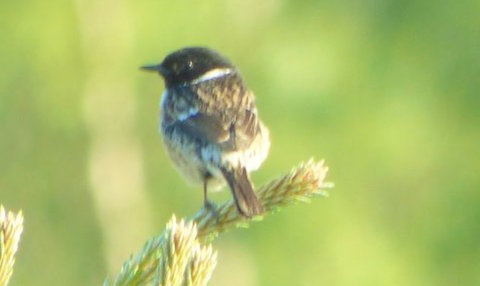
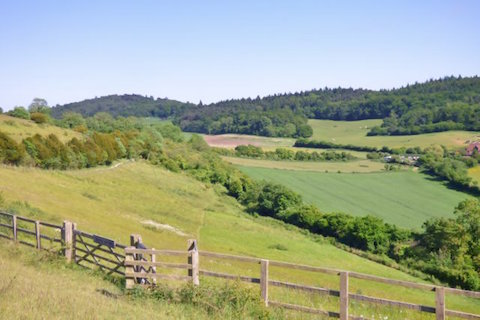
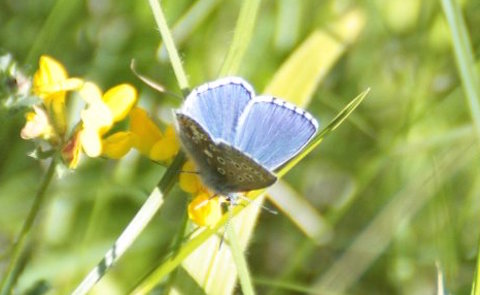
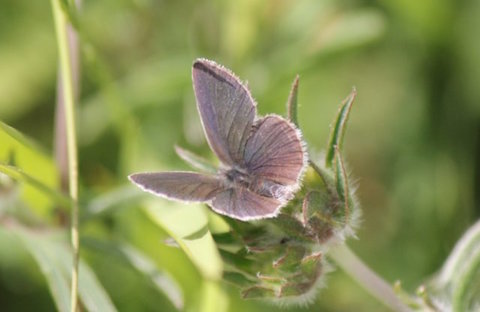
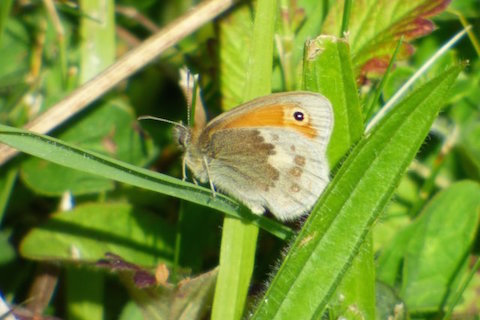
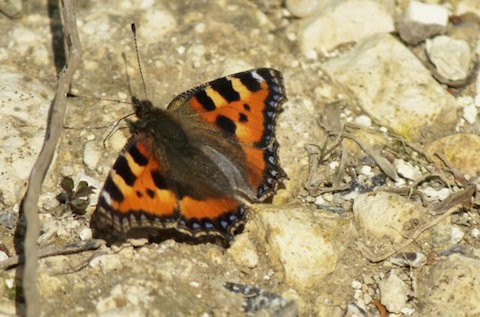
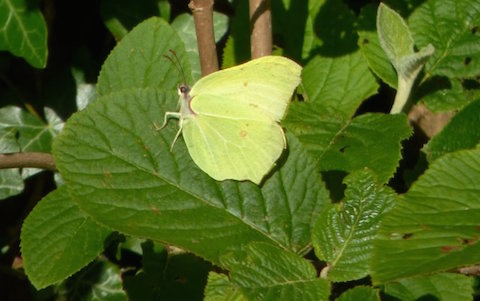
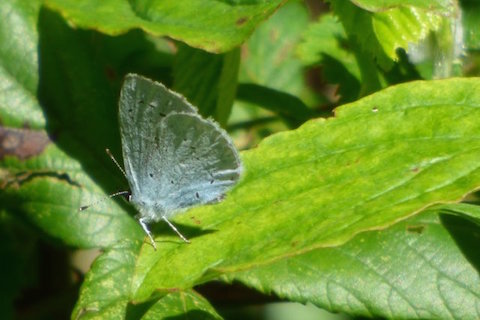
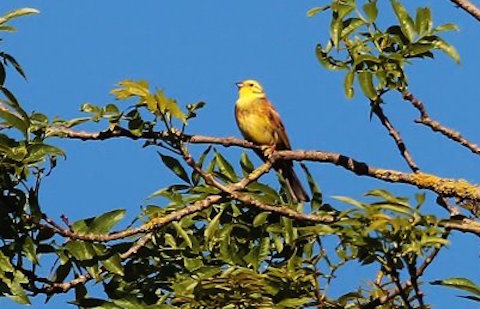
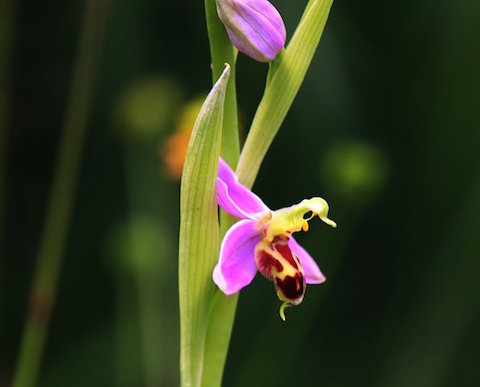
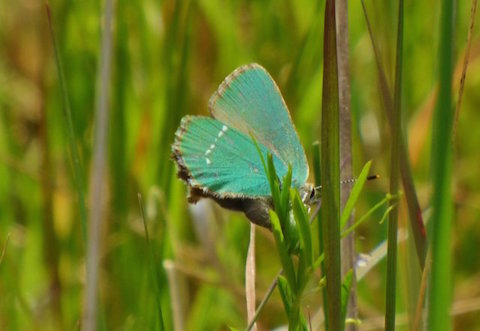
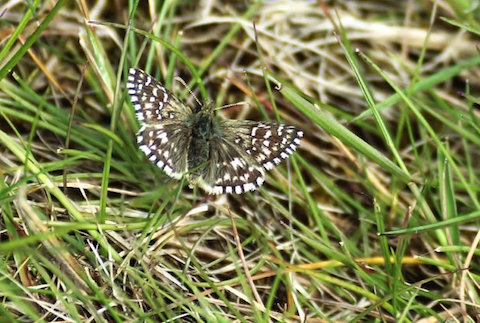
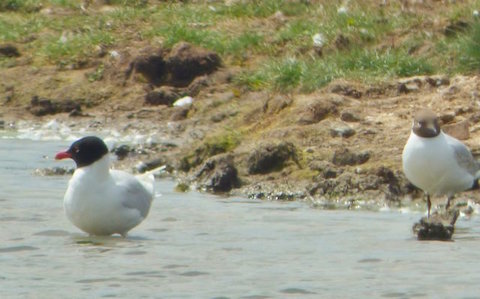
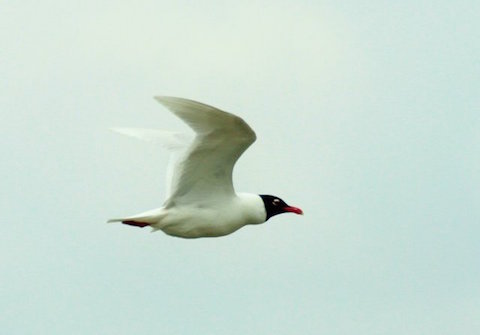
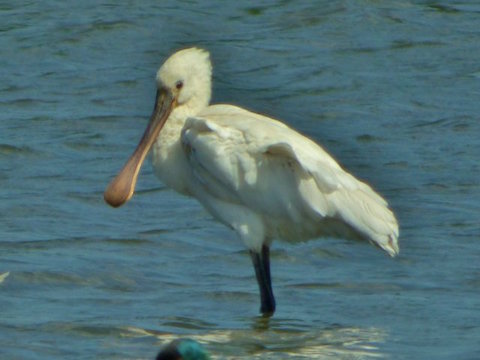
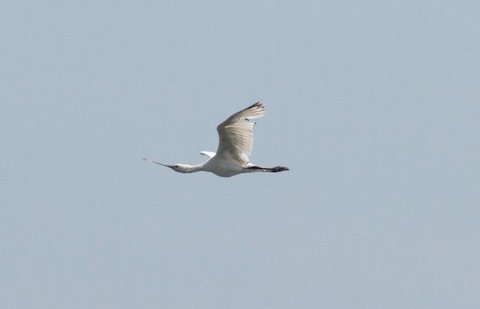






David Bentley
June 16, 2015 at 2:49 am
I would like to say to Malcolm Fincham how much I enjoy his columns here in Nova Scotia, Canada.
Please don’t stop.
Malcolm Fincham
June 26, 2015 at 12:57 am
I was surprised and pleased to see I seem to have an international audience.
I would like to thank David Bentley for his comment. It’s people like him that keep me motivated.
Harry Eve
June 26, 2015 at 10:43 am
I find this column enjoyable too.
Before I read this one I had not been aware that the Mediterranean gull had become more common so on a recent coastal walk I was looking out for them. For a while I thought I had one in view – it had an unusually red beak – but it did turn out to be a black-headed gull on that occasion.
The more we learn about our wildlife, the more we appreciate it.
Martin Whitley
July 1, 2015 at 12:53 pm
We always look forward to seeing pictures of all the birds you see on your travels, hope all is well, we miss your smiley face in the mornings.
Chaz Folkes
July 2, 2015 at 10:38 am
Lovely shots of Pewley Down, I’ll have to look out for the bee orchids.
Thank you for all the work you do on the column, it’s great to see the local wildlife and a real inspiration to a beginner birdwatcher like myself.
Malcolm Fincham
July 2, 2015 at 11:01 pm
I would just like to thank Harry Eve for enjoying my reports. And say to Martin Whitley that I hope to be back again with a smile soon.